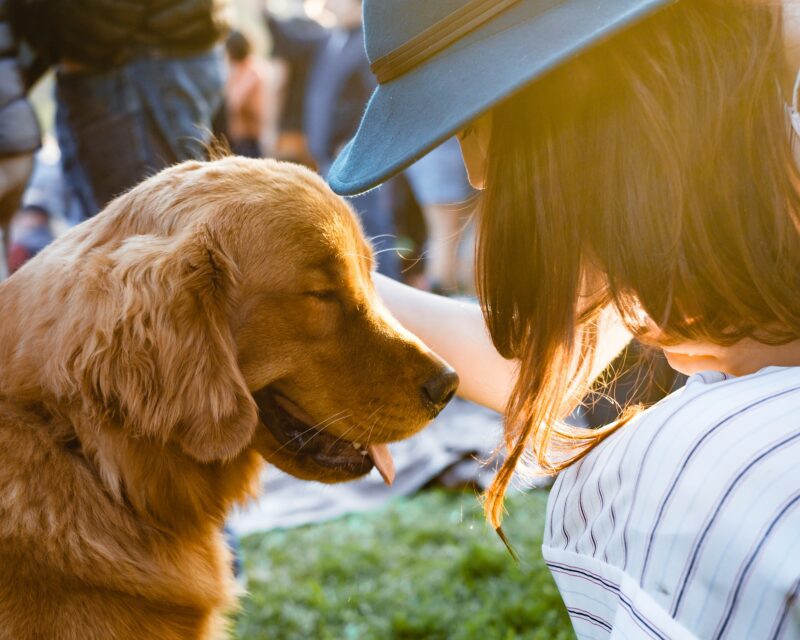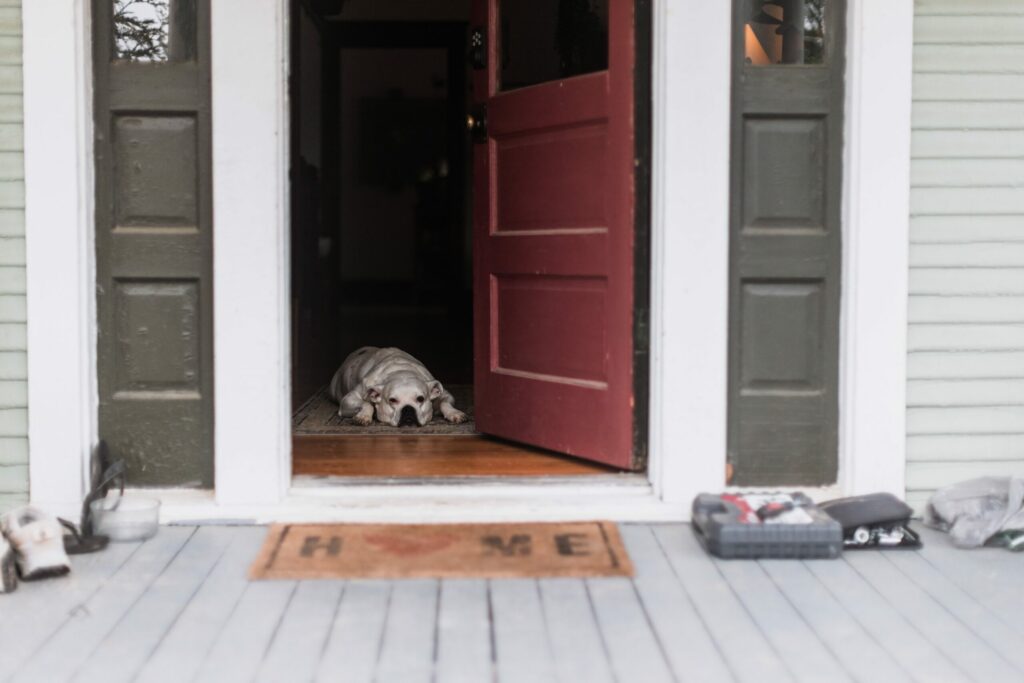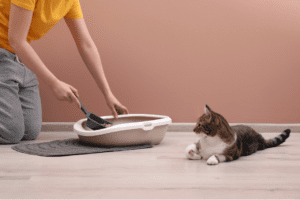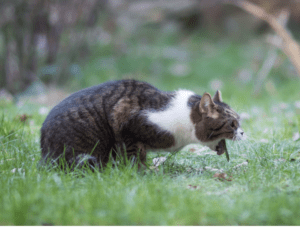The unconditional love and companionship we share with our pets create deep bonds, making the prospect of leaving them alone challenging for both pet owners and their furry friends. Separation anxiety is a common concern among pets and can lead to distressing behaviors when left alone. In this comprehensive guide, we’ll explore effective strategies for managing separation anxiety in pets, encompassing preventive measures and behavioral interventions. By understanding the root causes and implementing supportive techniques, pet owners can create a positive and stress-free environment for their beloved companions.
Understanding Separation Anxiety in Pets
Identifying Signs of Separation Anxiety:
Before implementing strategies, it’s crucial to recognize the signs of separation anxiety in pets. Common indicators include excessive vocalization, destructive behavior, house soiling, pacing, and attempts to escape. Identifying these signs early allows for prompt intervention.
Recognizing Risk Factors:
Certain factors may increase the likelihood of separation anxiety, such as changes in routine, moving to a new home, or a history of abandonment. Understanding these risk factors helps tailor preventive measures to address specific needs.
Differentiating Between Boredom and Anxiety:
It’s essential to distinguish between boredom and separation anxiety. While both can result in destructive behavior, separation anxiety is rooted in distress caused by the absence of a trusted caregiver. This understanding informs the approach to managing the issue effectively.
Considering Breed and Individual Differences:
Certain breeds and individual pets may be more prone to separation anxiety. Breeds with strong bonds to their owners or those historically bred for companionship may require special attention. Recognizing these differences guides tailored interventions.
Establishing a Baseline Behavior:
Assessing your pet’s baseline behavior when you’re present helps gauge the severity of separation anxiety. Understanding their normal behavior assists in evaluating the effectiveness of implemented strategies.
Preventive Measures for Separation Anxiety

Gradual Alone Time Introduction:
Start by gradually acclimating your pet to alone time. Begin with short periods of separation, gradually increasing the duration as your pet becomes more comfortable. This method helps build confidence and reduces anxiety.
Create a Safe and Comfortable Space:
Designate a specific area for your pet when you’re away, making it comfortable with their bed, toys, and familiar scents. This safe space provides a sense of security and can help alleviate anxiety.
Establish Consistent Routines:
Pets thrive on routine, so establish a consistent schedule for feeding, walks, and playtime. Predictability creates a sense of security, reducing anxiety associated with uncertainty.
Use Interactive Toys and Puzzles:
Interactive toys and puzzles engage your pet’s mind and provide mental stimulation during alone time. Treat-dispensing toys can be particularly effective in keeping them occupied and content.
Socialization and Training:
Early socialization and basic training contribute to a well-adjusted pet. Exposure to various environments, people, and situations builds confidence, reducing the likelihood of separation anxiety later in life.
Behavioral Interventions for Separation Anxiety
Desensitize Departure Cues:
Pets may become anxious when they associate specific cues with your departure. Desensitize them by performing departure rituals without actually leaving. Pick up keys, put on a coat, and then stay at home. Over time, this diminishes the association with impending separation.
Practice Short Departures and Returns:
Practice short departures and returns multiple times throughout the day to normalize your comings and goings. This helps your pet understand that your departures are temporary and that you’ll always return.
Ignore Attention-Seeking Behavior:
Ignore attention-seeking behavior before leaving and upon returning. This reduces the emotional significance of departures and arrivals, minimizing the anxiety associated with these moments.
Counter-Conditioning with Treats:
Counter-conditioning involves associating a positive experience with being alone. Offer treats or engage in a favorite activity just before leaving and immediately upon returning. This helps create positive associations with your absence.
Consider Professional Training Assistance:
In severe cases, consulting with a professional animal behaviorist or trainer may be beneficial. They can provide personalized strategies and exercises to address specific separation anxiety issues.
Calming Aids and Environmental Modifications

Calming Pheromones:
Consider using calming pheromone products, available as diffusers, sprays, or collars. These products mimic natural calming scents and can help create a relaxed environment for your pet.
Background Noise:
Leave on soothing background noise, such as soft music or a calming radio station, to provide a constant and calming auditory backdrop. This can help mask external sounds and create a serene atmosphere.
Natural Calming Remedies:
Explore natural calming remedies, such as herbal supplements or CBD products designed for pets. Always consult with your veterinarian before introducing any new supplements to ensure they are safe and appropriate for your pet.
Modify the Environment:
Modify the environment to reduce stress triggers. Close curtains to minimize visual stimuli, and provide cozy hiding spots for cats or small dogs. A serene and secure environment contributes to a calm state of mind.
Regular Exercise:
Ensure your pet receives ample exercise before periods of separation. Physical activity helps release excess energy, reducing restlessness and anxiety during alone time.
Seeking Veterinary Guidance
Medical Evaluation:
If separation anxiety persists despite efforts, consult with your veterinarian for a comprehensive medical evaluation. Underlying health issues may contribute to behavioral concerns, and addressing them is crucial for effective management.
Prescription Medications:
In some cases, prescription medications may be recommended to manage severe separation anxiety. These medications should only be prescribed and administered under the guidance of a veterinarian.
Holistic Approaches:
Explore holistic approaches, such as acupuncture or herbal supplements, under the guidance of a veterinarian. These complementary therapies may contribute to an overall sense of wellbeing for pets dealing with anxiety.
Conclusion:
Managing separation anxiety in pets requires a combination of preventive measures, behavioral interventions, and a deep understanding of your pet’s individual needs. By gradually introducing alone time, creating a secure environment, and implementing positive reinforcement, pet owners can alleviate anxiety and foster a sense of security for their beloved companions. Consistency, patience, and a willingness to adapt strategies based on your pet’s responses are key elements in successfully managing separation anxiety. With dedication and care, pet owners can create a harmonious environment that allows their pets to thrive, even in their absence.









